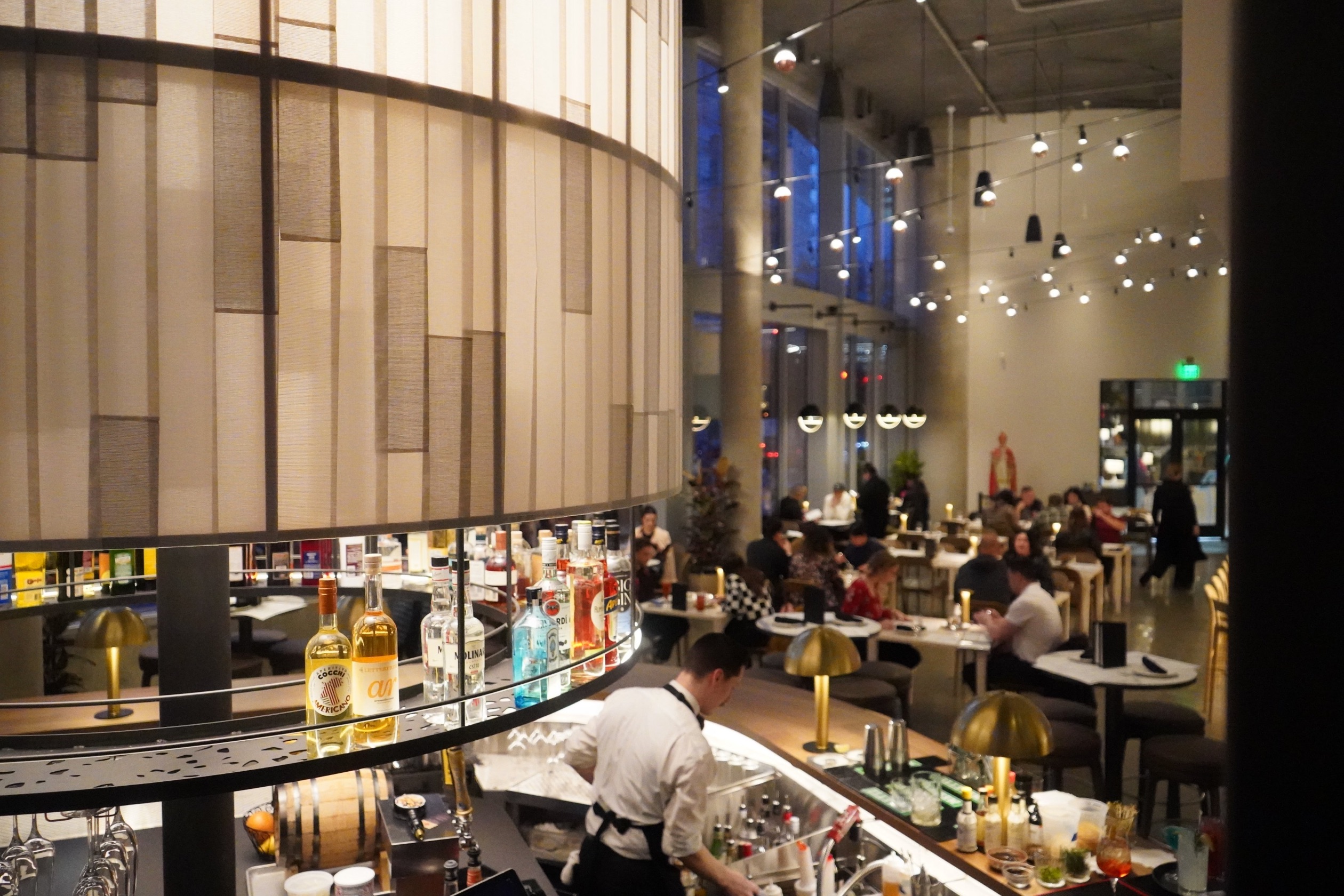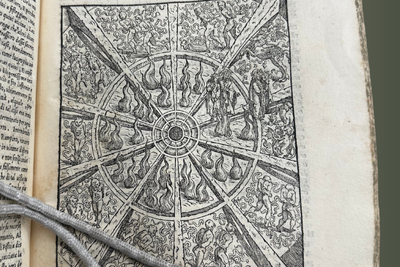The small town of Palazzolo Acreide, nestled along the rocky slopes of Sicily’s Iblei Mountains about 25 miles north of Siracusa, is a charming gem, combining opulent baroque architecture, several archeological ruins and a sophisticated gastronomic scene that belies its small-town stature. Even more amazing is that Palazzolo is virtually unknown outside Sicily, making it the perfect spot if you’re looking for an authentic experience with hardly another tourist in sight.
Along with most of the towns in southwest Sicily, Palazzolo Acreide was leveled in 1693 by a massive earthquake and completely rebuilt. Today, visitors will be greeted by stately graceful buildings and intricately carved balconies and doorways lining the main thoroughfares. Thanks to the town’s well-preserved baroque architecture and nearby ancient ruins, UNESCO named it a World Heritage site in 2002.

The land around Palazzolo has been inhabited since prehistoric times. Corinthian settlers founded the nearby colony of Akrai around 664 B.C., using its elevated location to control the strategic Anapo Valley. The settlement started a gradual decline under Roman rule and was destroyed eventually in the 9th century by Arab troops. The ancient site was lost until the 12th century, when records from 1145 first mention a town called Palazzolo. The word “Acreide,” a nod to the ancient Greek settlement of Akrai, was added to the town name in 1862.
A central gathering spot in modern-day Palazzolo Acreide is Piazza del Popolo, dominated by the majestic façade of St. Sebastian’s and flanked by cafes, small shops and the town hall. In the evening, clusters of retired men take over the benches, enjoying cooler temperatures and some people-watching.
For a town of only 8,800 residents, Palazzolo offers enough activities to occupy a few days. Several churches and sites are well worth a visit, including the Church of the Annunciation, St. Paul’s, the town’s archeological museum, and the cemetery with its stunning gothic and baroque monuments.
With a strategic location halfway between Europe and Africa, Sicily has always welcomed more than its share of voyagers. Homer set his adventures of Ulysses there; Goethe wrote about the island following his 1786 visit. For decades, it was a popular spot for the young and well-to-do during their grand tours of Europe. The Museum of Travelers in Sicily, housed in Palazzo Vaccaro, pays tribute to this phenomenon with a small but well-organized collection of travel items, from original prints and engravings to maps and rare books.
If you want to know more about local life, don’t miss Casa-Museo Antonino Uccello, in Via Machiavelli. Poet and anthropologist Antonino Uccello (1922-1979) was fascinated by the tools, instruments and everyday objects used by local farmers and peasants. Worried that these items would soon be lost to history, he spent 30 years gathering items from the region’s folk culture. The house-museum recreates a typical rural dwelling and objects are grouped in settings where they were most likely used: kitchen/work room, living quarters, stables, storehouse, courtyard, and oil mill. The breadth of the collection is staggering: costumes and clothing, musical instruments, toys and tools, devotional pictures, furniture, pottery, puppets and more. It’s a captivating look at a way of life that has all but disappeared.
Certainly the biggest regional draw is the archeological site of Akrai, about a 20-minute walk outside town. Built in the seventh century B.C., the site was rediscovered in the 1800s. There’s a small, well-preserved Greek theater, excavated in 1824, that provides a tranquil view of the valley and is used for classical performances during springtime. You can view ancient Greek quarries later converted to catacombs and dwellings by the Christians. Look closely to spot a well-preserved bas-relief on a cave exterior, showing a banquet scene. A residential area and a circular building thought to be a Roman temple were also unearthed. Several small displays document the site’s ancient history and its 19th century discovery.
About a half-mile away are the ruins of I Santoni (“Big Saints”). Twelve rock-hewn figures, dating from the third century B.C., are located in individual grottoes protected by metal grates. The main carving is that of Cybele, goddess of fertility, shown seated between two lions.
The Iblei Mountains are not just the site of ancient ruins and statues. They form a backdrop to one of the island’s most interesting agricultural districts, both in terms of product variety and level of cuisine, and Palazzolo Acreide is known throughout the area for its excellent restaurants, and rightly so. Prices are extremely reasonable for the quality and freshness of the food and the level of service. Try the black-swine sausage, cavati pasta, wild fennel or wild asparagus. Locally sourced almonds, pistachios and dried fruit are used in many of the sweets.
Speaking of which, don’t miss coffee and dessert at Corsino’s, a large, bright café, gelato and pastry shop. Although it’s nearly impossible to select a few favorites from among the dozens of treats available, some popular local varieties include nucatole (cookies with nuts and honey), malfatti (almond-flavored cookies) and torroncini, a nut-filled nougat that draws customers from all over Italy.
If your visit to Palazzolo coincides with a feast day, you’ll find the relatively quiet town transformed by fireworks, parades and midnight festivities. Major feast days include San Paolo (June 29), San Sebastiano (August 10), and San Michele (late September/early October). Palazzolo’s carnival is one of the oldest in Sicily.






























